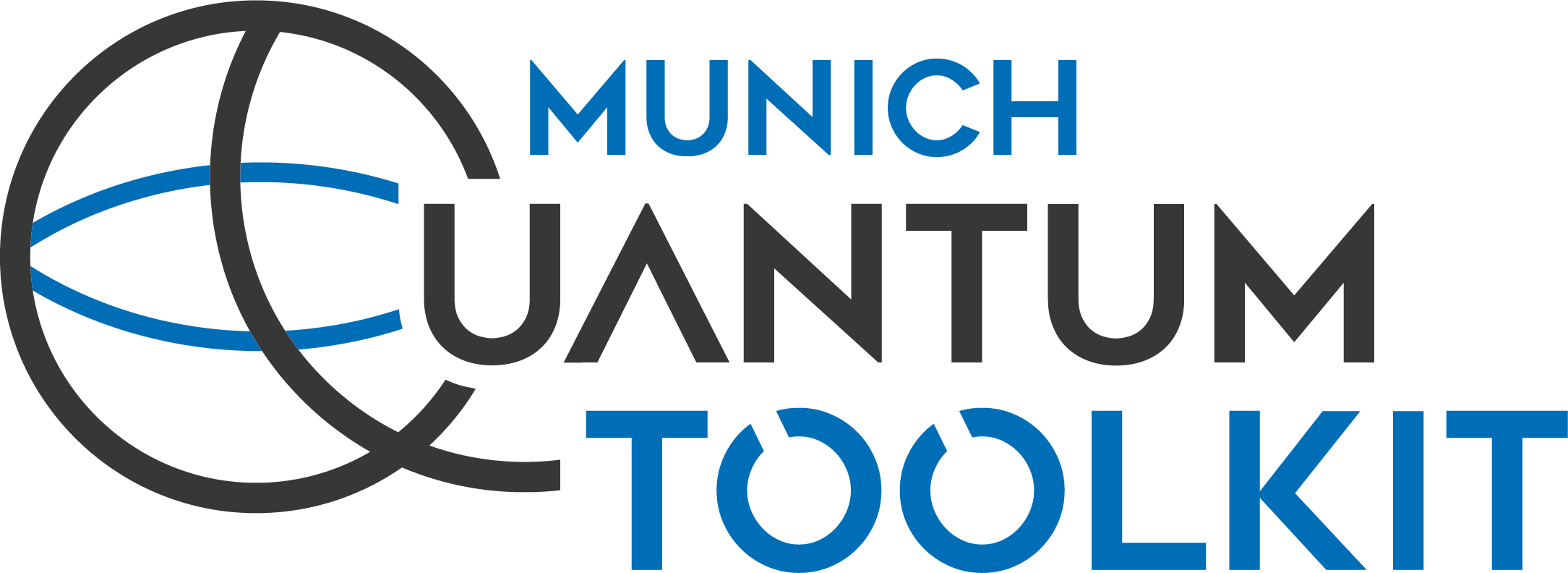This a tool for generating shuttling schedules for grid-like trapped-ion quantum computers. The tool supports optimal shuttling schedules for small architectures and heuristic shuttling schedules for large devices. The optimal solution is based on the paper Using Boolean Satisfiability for Exact Shuttling in Trapped-Ion Quantum Computers by D. Schoenberger, S. Hillmich, M. Brandl, and R. Wille in ASP-DAC 2024. The heuristic solution is based on the paper Shuttling for Scalable Trapped-Ion Quantum Computers by D. Schoenberger, S. Hillmich, M. Brandl, and R. Wille.
MQT IonShuttler is part of the Munich Quantum Toolkit (MQT) developed by the Chair for Design Automation at the Technical University of Munich.
If you have any questions, feel free to contact us via [email protected] or by creating an issue on GitHub.
We strongly recommend using virtual environments to set up the tool and install the dependencies
$ python3 -m venv .venv
$ . .venv/bin/activate
(.venv) $ pip install .
(.venv) $ python3 run.py --help
[...]
(.venv) $ python3 run.py algorithms/qft_05.json
...
The script supports an additional --plot argument to plot the result.
An overview over all parameters is printed with the --help parameter.
The architecture and the algorithm are specified in json files.
You can find examples in the algorithms/ folder.
$ python3 -m venv .venv
$ . .venv/bin/activate
(.venv) $ pip install .
(.venv) $ python3 run_heuristic.py --help
[...]
(.venv) $ python3 run_heuristic.py algorithms_heuristic/qft_12.json
...
An overview over all parameters is printed with the --help parameter.
The architecture and the algorithm are specified in json files.
You can find examples in the algorithms_heuristic/ folder.
The Munich Quantum Toolkit has been supported by the European Union’s Horizon 2020 research and innovation programme (DA QC, grant agreement No. 101001318 and MILLENION, grant agreement No. 101114305), the Bavarian State Ministry for Science and Arts through the Distinguished Professorship Program, as well as the Munich Quantum Valley, which is supported by the Bavarian state government with funds from the Hightech Agenda Bayern Plus.

